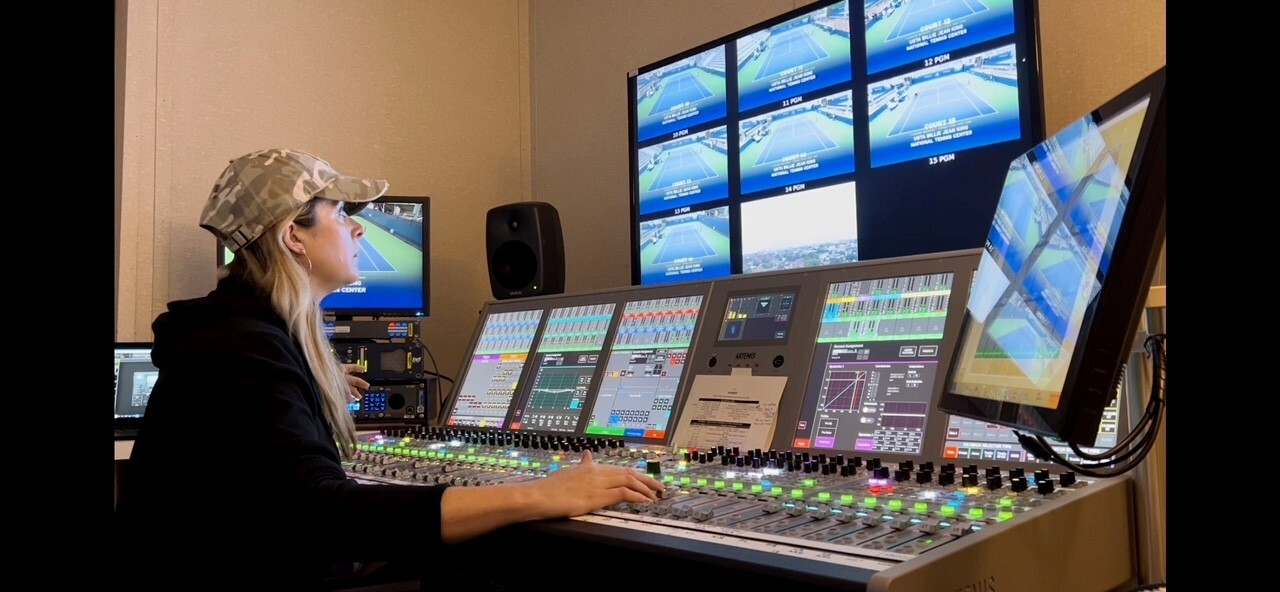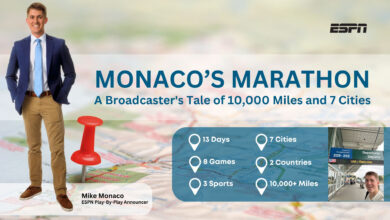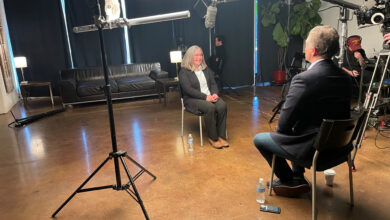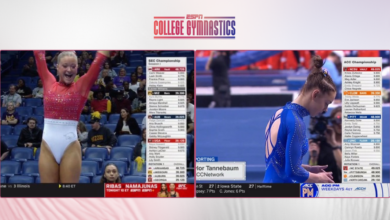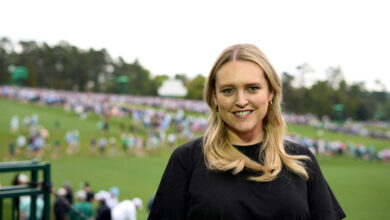Planes, Trains & Automobiles: The Sounds of the US Open in New York
ESPN’s audio team battles the unique challenges of abundant ambient sound
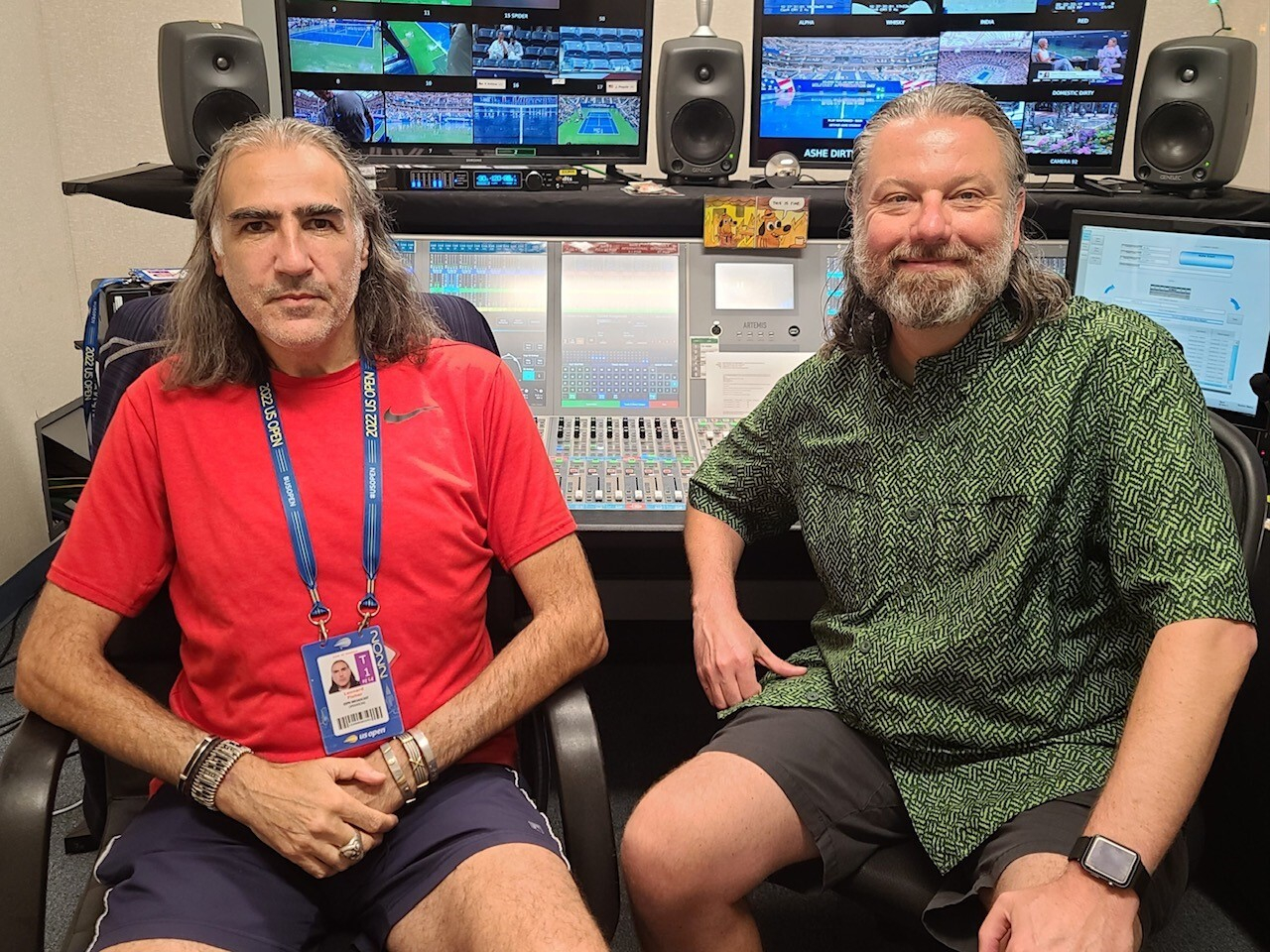
For ESPN audio experts Florian Brown (remote audio operator) and Henry Rousseau(associate director, remote production operations) – known as “audio architects” within the department – the US Open in Flushing Meadows, Queens, New York presents truly unique challenges in sports television.
Any tennis event is a particular challenge compared to other sports.
“It’s difficult because of the wide range of audio levels, from dead silence to everyone screaming their head off,” Brown says.
But no other event has so much ambient sound from the setting – planes (taking off and landing from nearby LaGuardia Airport), the commuter trains and their squealing brakes (that run directly alongside the USTA Billie Jean King National Tennis Center) and automobiles, plus the occasional police car siren (the Grand Central Parkway runs adjacent to the western edge of the venue).
You would think they make every effort to decrease or eliminate these intrusive noises for such a quiet sport as tennis.
“You have to embrace it [the area’s natural sounds]. There’s no hiding the 7 Train!” – Henry Rousseau, ESPN associate director, on including ambient sound during US Open coverage
You would be wrong.
“You have to embrace it [the area’s natural sounds],” says Rousseau. “There’s no hiding the 7 Train!”
Brown adds, “We want to present the atmosphere the fans on-site experience to the viewer at home, so we have microphones specifically to capture the grandness of the venue and New York.”
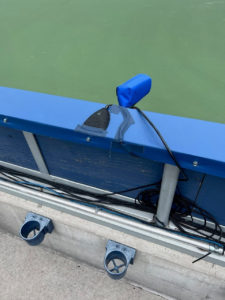
Another sound that tries to interfere with the telecast is the constant buzz of the fans, especially in the upper level of Arthur Ashe Stadium, the largest tennis facility in the world with a capacity near 24,000.
Again, ESPN does not want to remove this from the telecast, in order to provide a realistic representation of what the players face.
“We want everyone at home to know what the players hear and why they sometimes don’t serve after they toss the ball into the air,” Brown says.
The US Open atmosphere is particularly different from other famous tennis venues.
“New York is 10 times noisier than Wimbledon, unless a British player is on the court,” Rousseau adds.
>Sports Video Group: More on ESPN’s US Open audio experts
